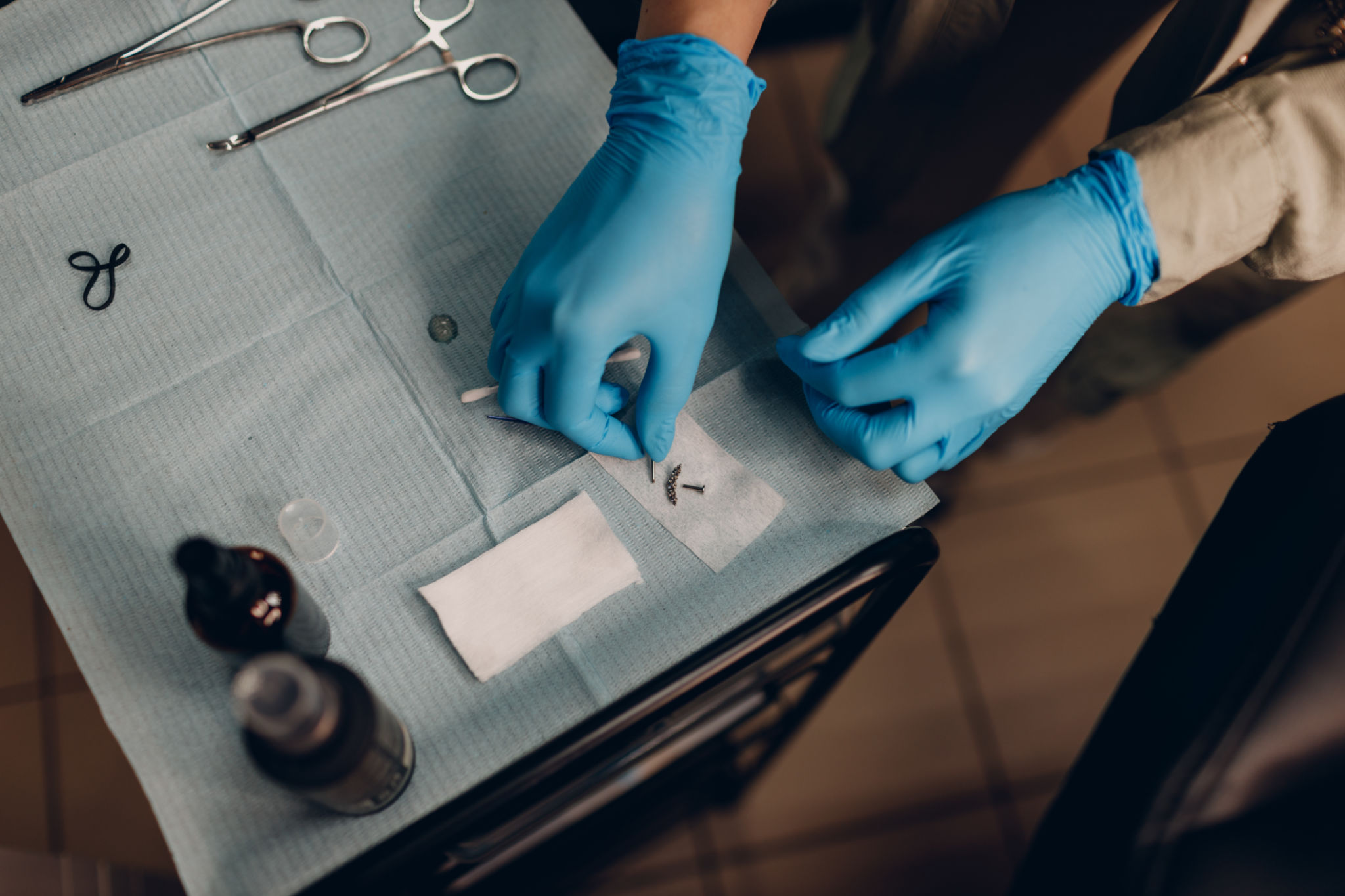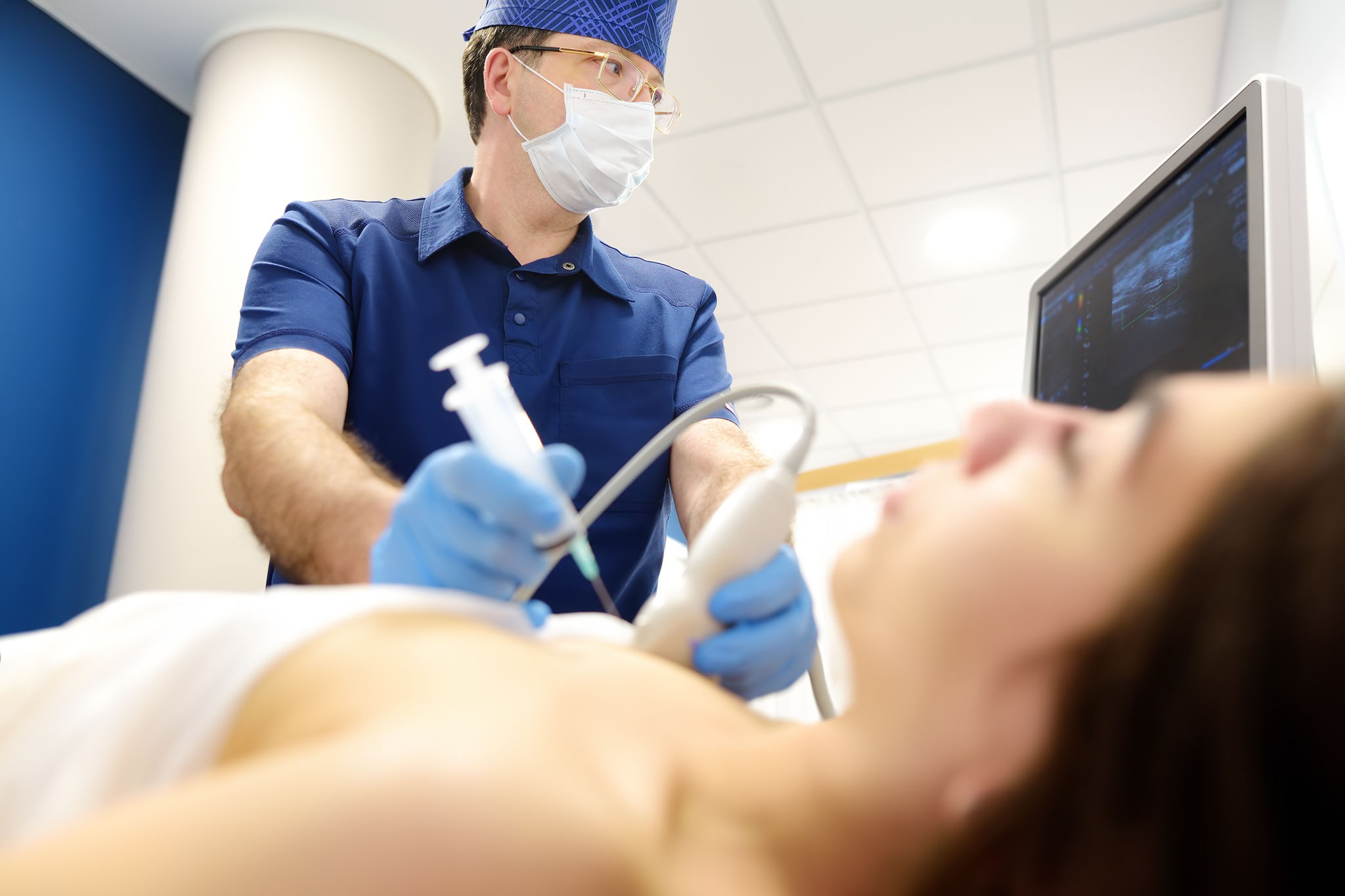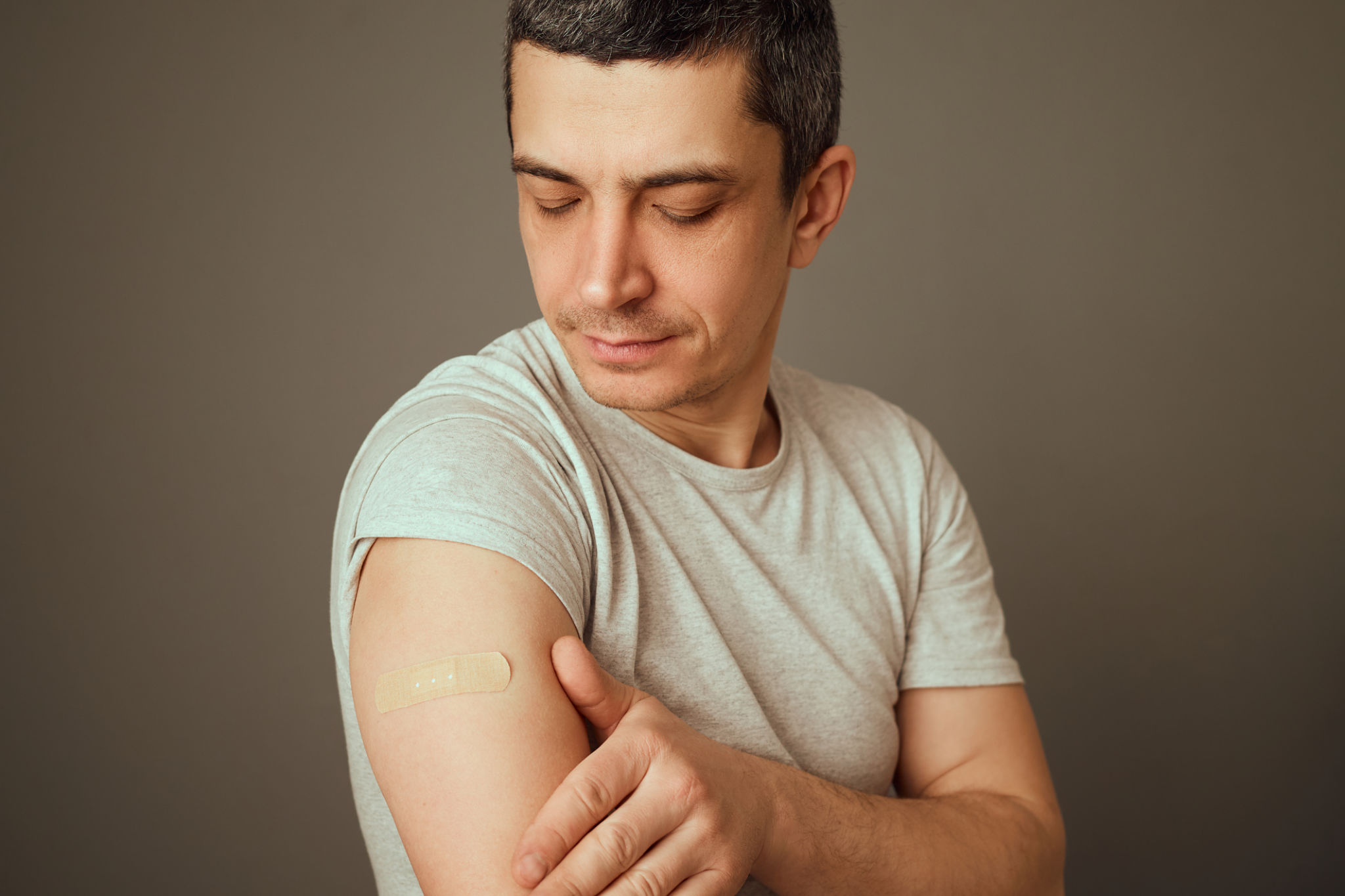The Ultimate Guide to Safe Body Piercings in Connecticut
Understanding Body Piercing
Body piercings have become a popular form of self-expression, offering a way to enhance one's personal style. However, ensuring that your piercing experience is safe and hygienic is crucial. This guide will walk you through everything you need to know about getting safe body piercings in Connecticut.

Choosing the Right Piercing Studio
The first step in ensuring a safe piercing experience is selecting a reputable piercing studio. In Connecticut, there are several options, but not all are created equal. Look for studios that are licensed and have experienced piercers. Checking online reviews and asking for recommendations can also help in making an informed decision.
It's essential that the studio follows proper sanitation procedures. The use of sterile equipment and gloves, as well as a clean environment, are non-negotiable. Don't hesitate to ask questions about their hygiene practices before committing to a piercing.
Preparing for Your Piercing
Before getting pierced, make sure you are in good health. Avoid alcohol and blood-thinning medications 24 hours before your appointment to reduce bleeding. Eating a light meal can prevent dizziness during the procedure.

It's also wise to discuss any allergies you may have with your piercer. Some people have sensitivities to certain metals, so selecting the right jewelry is vital. The most commonly recommended materials for initial piercings are surgical steel, titanium, and niobium.
The Piercing Procedure
The actual piercing process should be quick and performed with precision. A professional piercer will use a new, sterile needle for each client and dispose of it immediately after use. Avoid studios that use reusable needles, as they increase the risk of infection.

It's also important to ensure that the jewelry being inserted is sterilized and appropriate for the specific type of piercing you’re getting. Proper sizing and placement are crucial for both aesthetics and healing.
Aftercare Tips
Aftercare is a crucial part of the piercing process. Follow your piercer's instructions closely to promote healing and prevent infection. Typically, this involves cleaning the piercing with saline solution twice a day and avoiding touching it with unwashed hands.
Avoid submerging your new piercing in pools, hot tubs, or any bodies of water that may contain bacteria. Additionally, refrain from changing the jewelry until the piercing has fully healed, which can take several weeks to months depending on the location.

Recognizing Complications
It's important to monitor your piercing for signs of complications such as excessive redness, swelling, or discharge. While some discomfort is normal initially, prolonged symptoms may indicate an infection that requires medical attention.
If you suspect an infection or have concerns about your piercing, contact your piercer or a healthcare professional promptly. Early intervention can prevent more serious complications.
Conclusion: Enjoying Your New Piercing
Once your piercing has healed, enjoy the new addition to your personal style! Remember that each body is unique, and healing times can vary. Patience and proper care will ensure that your piercing remains a positive aspect of your self-expression journey.

